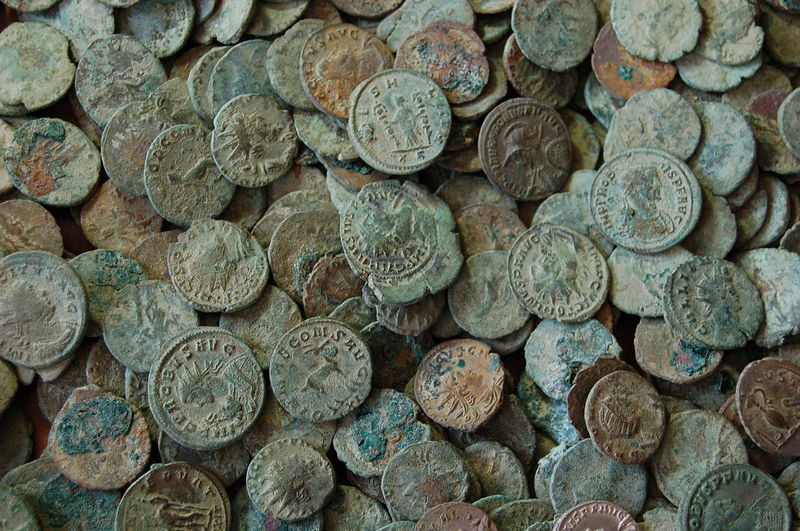Numismatic History
The study of coins, or numismatics, is an incredibly rich source of information about the ancient world. They are an important not only because of their vast quantity but also because of their unique ability to exist in basically the same state for thousands of years. We can look at a coin today and see almost the exact coin that someone from 200 BCE would see.
Coins are also rich with context in a way that many other ancient artifacts are not. We know how, why, and mostly where these coins originated from, spread to, and how their issuers hoped to influence those who saw them.
Their legacy has continued for thousands of years: today, we use coins in most of our daily transactions. But... have you ever wondered how that penny in your pocket got its round shape? What about the image of the president on the front? Or, why are there so many kinds of coin: nickel, quarter, etc...?
Here we explore some of these questions by examining the Greek and Roman coins found in the Hallie Ford Museum of Art.
